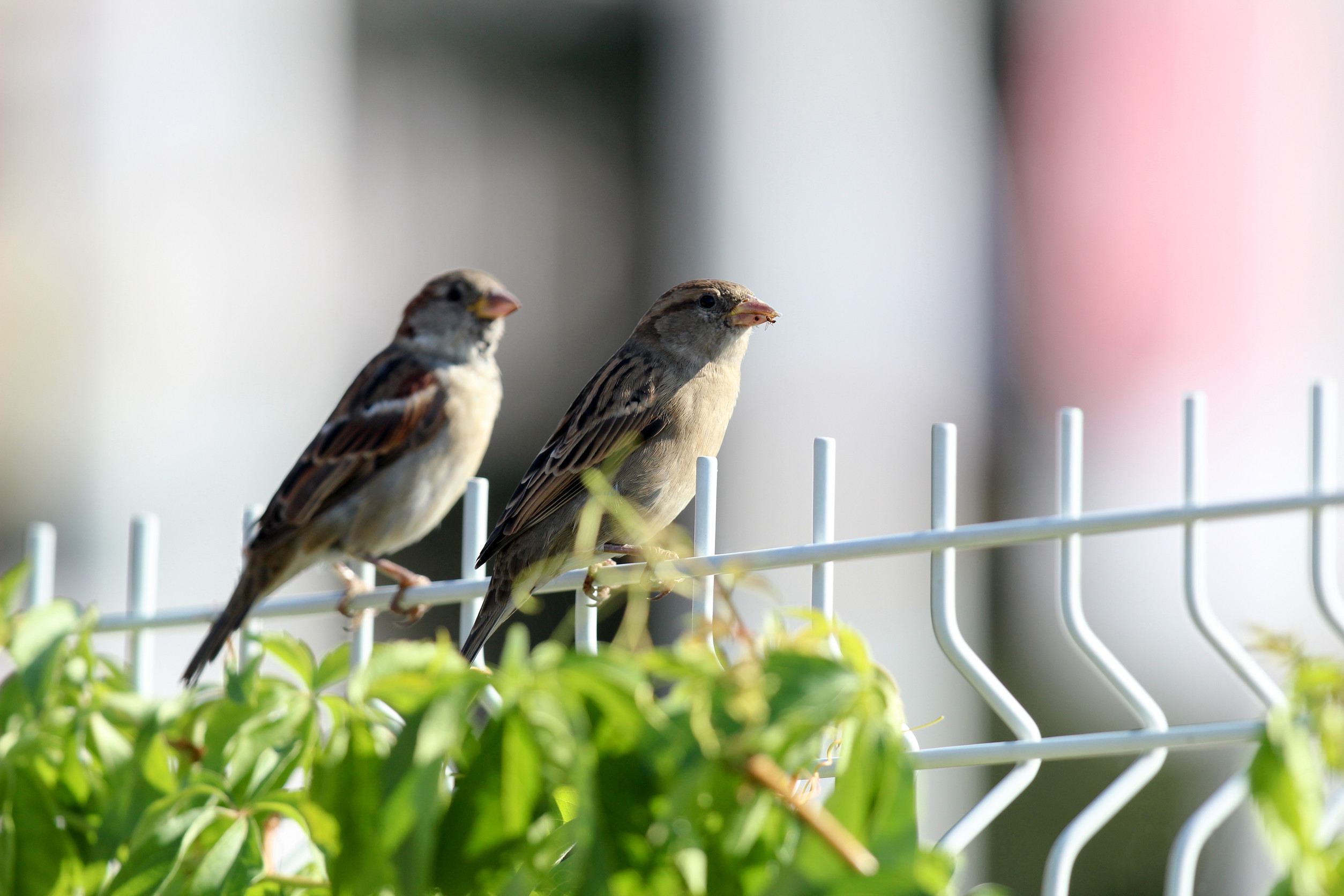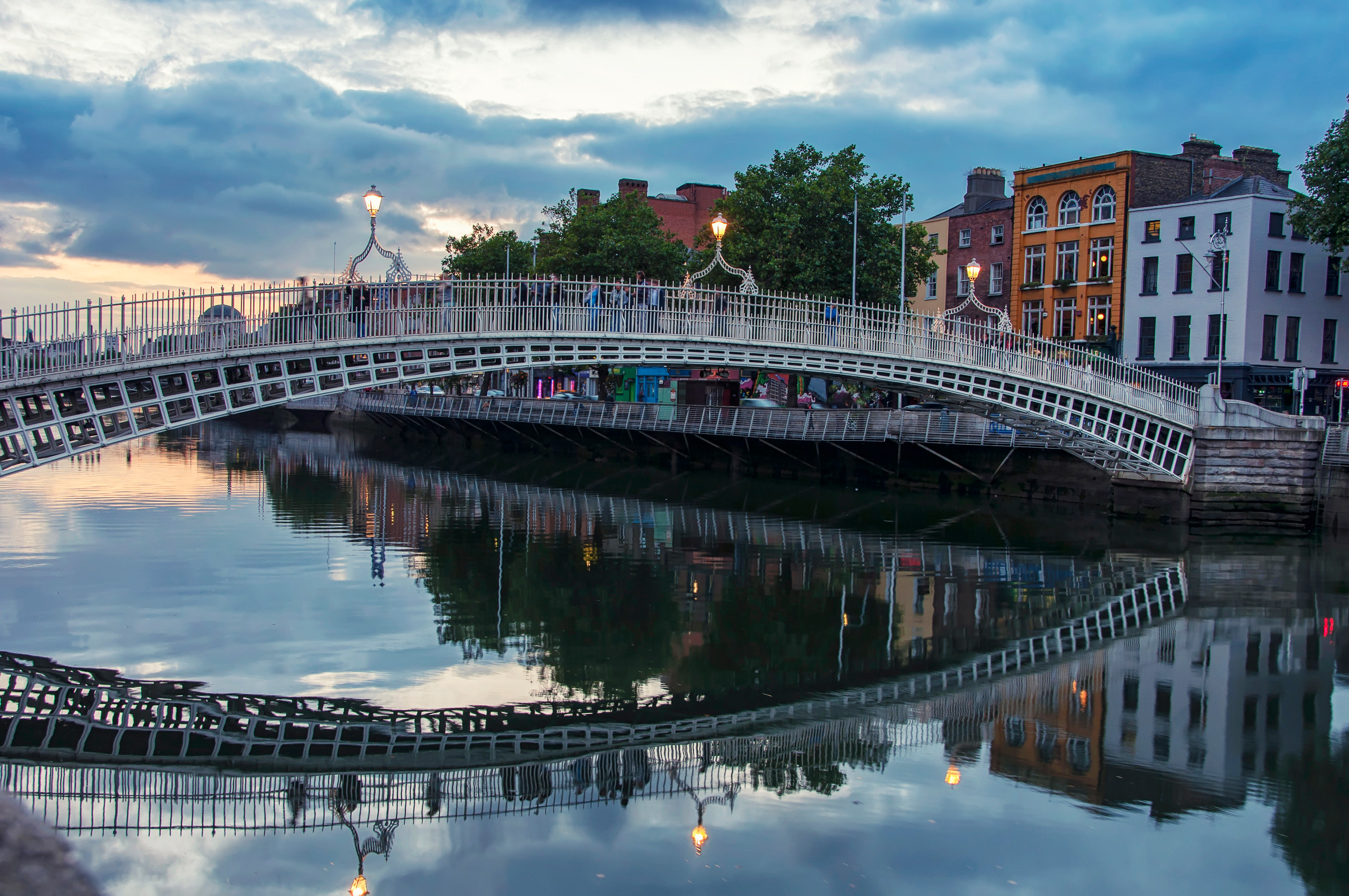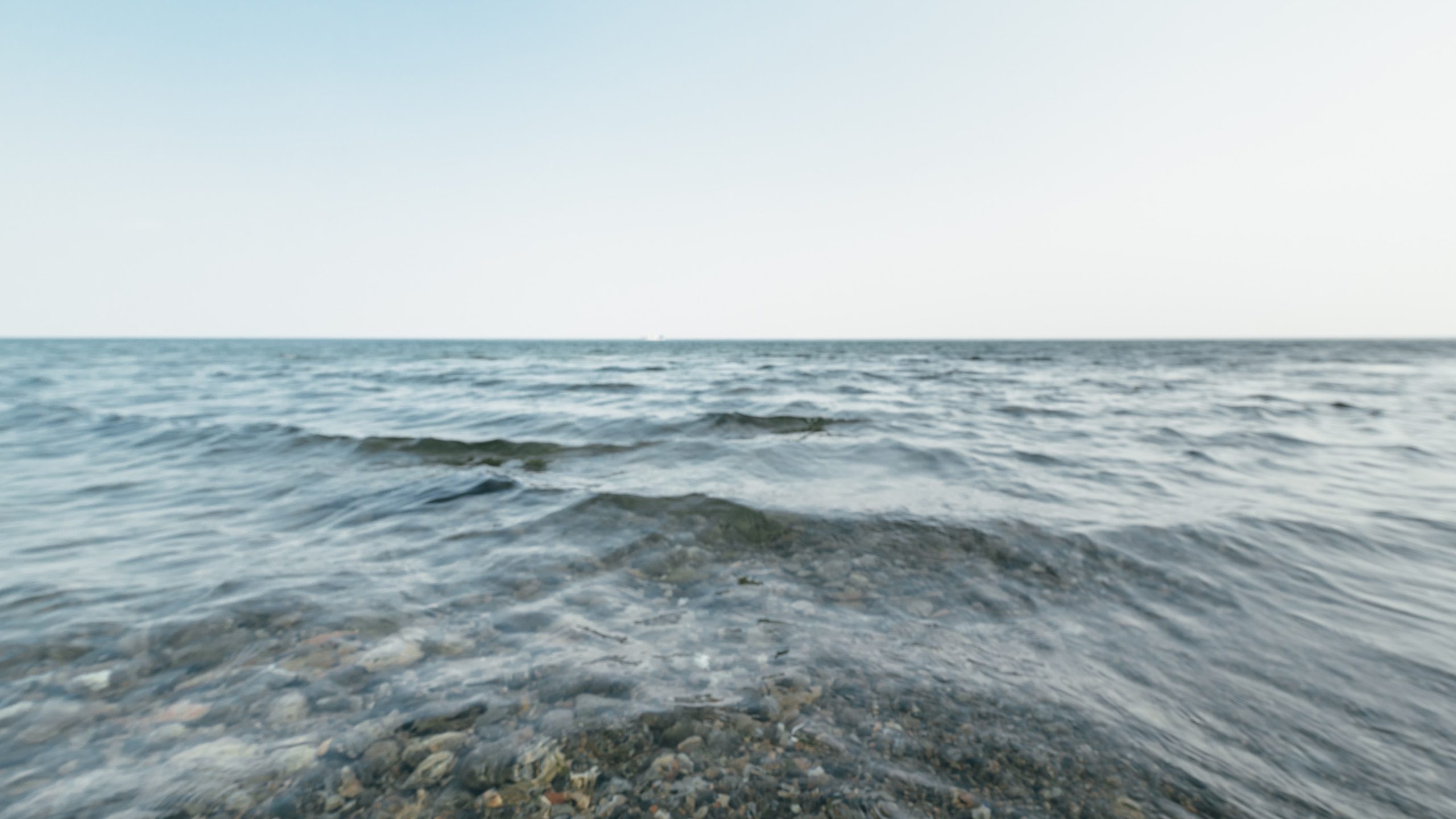BY THE OPTIMIST DAILY EDITORIAL TEAM
Australia is creating ripples in the international environmental community with a bold new commitment to ocean conservation. Tanya Plibersek, Australia’s Environment Minister, announced last week the expansion of the Heard Island and McDonald Islands Marine Reserve by over 300,000 square kilometers, ensuring that the country protects 52 percent of its oceans—more than any other nation. This comes ahead of a big global nature summit in which world leaders will address biodiversity conservation initiatives.
“This is not just a huge environmental win for Australia; it’s a huge environmental win for the world,” said Plibersek. The announcement puts Australia well beyond the global objective of safeguarding 30 percent of the oceans by 2030, which several countries, including Australia, agreed to just two years ago.
Expanding the Heard and McDonald Islands Marine Reserve
The Heard Island and McDonald Islands Marine Reserve, located around 4,000 kilometers southwest of Perth and 1,700 kilometers from Antarctica, contains some of the world’s most pristine ecosystems. These remote islands are recognized for their glaciers, marshes, and Australia’s only active volcanoes, making them one of the least damaged places on the planet. This remarkable region will now get unparalleled protection as the marine park quadruples in size.
Plibersek underlined the need to protect these distinct ecosystems from the effects of human activity. “We are doing everything we can to protect it,” she stated. The extension will create new habitat protection zones and national park regions, in addition to the existing sanctuary zones, which already provide the greatest level of conservation. Australia has now protected an area roughly the size of Italy, following a public consultation process that began in June.
This news comes after the Australian government expanded the size of the Macquarie Island Marine Park, another sub-Antarctic conservation area, last year. These actions demonstrate Australia’s commitment to leading in ocean conservation.
Mixed reactions from environmental groups
While many have welcomed this major increase in marine regulations, not all reactions have been entirely good. Fiona Maxwell, national oceans manager for the Pew Charitable Trusts, commended the reserve’s expansion but noted that some critical areas lacked sanctuary-level protection. “The two islands are wildlife havens,” said Maxwell, adding that the enlargement will safeguard waters from mining and new pelagic fisheries aimed at species such as mackerel icefish and Patagonian toothfish. However, she warned that significant undersea canyons and seamounts, important for species such as albatrosses, penguins, and other fish, were not adequately protected.
This attitude was shared by the Save Our Marine Life alliance, which consists of 27 environmental groups. While they mainly supported the expansion, many expressed dissatisfaction that certain ecologically critical sites did not receive the full protection that scientists had advised. Richard Leck, WWF‘s head of oceans, declared, “This is a missed opportunity to truly deliver world-class protection for the Heard and McDonald Islands.”
The financial challenge of preserving Australia’s biodiversity
Beyond ocean conservation, the focus is increasingly on the money required to achieve Australia’s larger environmental goals. The 30 by 30 Alliance, a group of conservationists, land managers, and scientists, underlined the need for increasing financial investment in biodiversity conservation. They claim that Australia’s lofty goal of safeguarding 30 percent of its land and waters by 2030 will be impossible without adequate funding.
Jason Lyddieth, the alliance’s spokesperson, emphasized the significant disparity between government spending and environmental demands. He claimed that the Albanese administration presently invests just 0.1 percent of its overall budget in wildlife conservation. “Funding is the crucial piece missing from the Australian government’s claim that it is leading the way on the environment,” Lyddieth said, advocating for a significant increase in financial resources dedicated to nature protection.
The coalition is advocating for a one percent rise in federal spending for biodiversity conservation, including a $5 billion fund to purchase and safeguard land with high biodiversity value. Lyddieth contended that such an increase would considerably bolster efforts to avert extinctions and preserve the health of Australia’s ecosystems for future generations. “If just one percent of federal spending was dedicated to protecting nature, we would be well on the way to stopping extinctions,” he pointed out.
The Biodiversity Council‘s report emphasized the need for reform, revealing that the Australian government spends 50 times more money subsidizing environmentally destructive businesses like mining and forestry than it does to help biodiversity. Experts warn that without addressing these financial inequities, even the best-intentioned conservation projects will struggle to achieve long-term success.
A path forward for Australia and the world
Australia’s decision to protect more than half of its marine area establishes an important precedent for other countries to follow. However, as environmentalists and scientists continue to underscore, protection on paper must be accompanied by meaningful action and adequate funding. The enlargement of the Heard and McDonald Islands Marine Reserve is a huge step forward, but there is still more work to be done—both in Australia and around the world—to protect our planet’s most fragile ecosystems.











